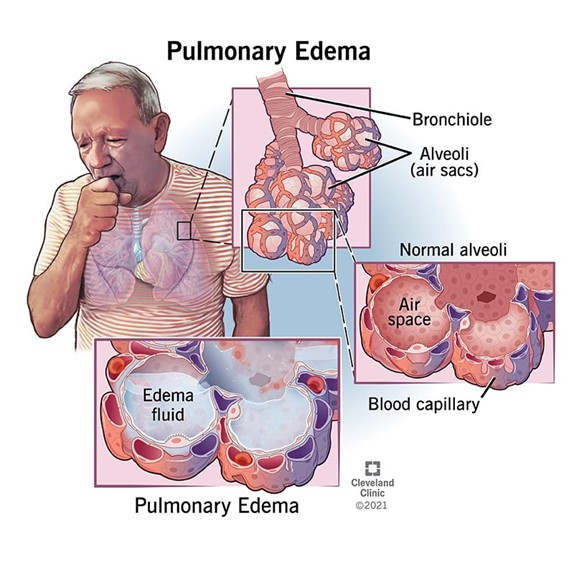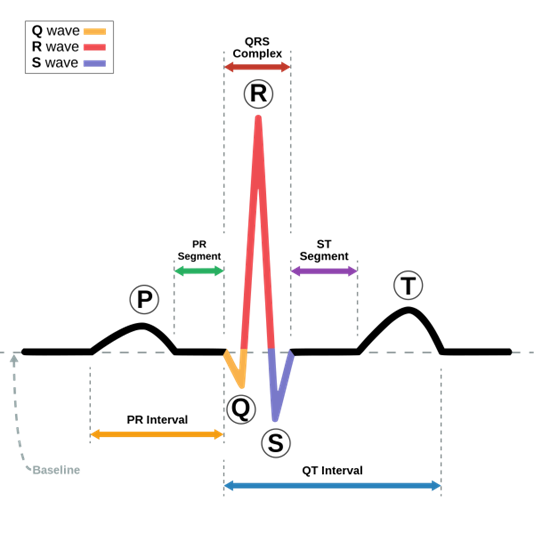Continuous increases in left ventricular filling pressures result in which disorder
Mitral regurgitation
Mitral stenosis
Pulmonary edema
Jugular vein distension
The Correct Answer is C
Continuous increases in left ventricular filling pressures can lead to pulmonary edema, which is an accumulation of fluid in the lungs. Mitral regurgitation, mitral stenosis, and jugular vein distension are all conditions that can occur due to increased pressures in the left ventricle, but pulmonary edema is the most likely result of continuously increasing pressures.

Nursing Test Bank
Naxlex Comprehensive Predictor Exams
Related Questions
Correct Answer is B
Explanation
Ischemia refers to the temporary deprivation of blood supply to a particular tissue or organ, resulting in reduced oxygen and nutrient delivery to cells. This can lead to cellular injury and, if prolonged, irreversible damage. Infarction, on the other hand, refers to the death of tissue due to prolonged ischemia. Necrosis is a type of cell death that occurs when cells are damaged or injured and cannot survive. Inflammation is the body's response to tissue injury or infection, and can be a result of ischemia or necrosis.
Correct Answer is C
Explanation
In the normal electrocardiogram, the PR interval represents

The PR interval represents the time from the onset of atrial activation to the onset of ventricular activity. During this time, the electrical impulse travels through the atria, the atrioventricular (AV) node, and the bundle of His before entering the ventricles and initiating ventricular depolarization. Option A is incorrect because the atrial depolarization is represented by the P wave. Option B is incorrect because the ventricular depolarization is represented by the QRS complex. Option D is incorrect because there is no such term as “electrical systole” of the ventricles in ECG interpretation.
Whether you are a student looking to ace your exams or a practicing nurse seeking to enhance your expertise , our nursing education contents will empower you with the confidence and competence to make a difference in the lives of patients and become a respected leader in the healthcare field.
Visit Naxlex, invest in your future and unlock endless possibilities with our unparalleled nursing education contents today
Report Wrong Answer on the Current Question
Do you disagree with the answer? If yes, what is your expected answer? Explain.
Kindly be descriptive with the issue you are facing.
